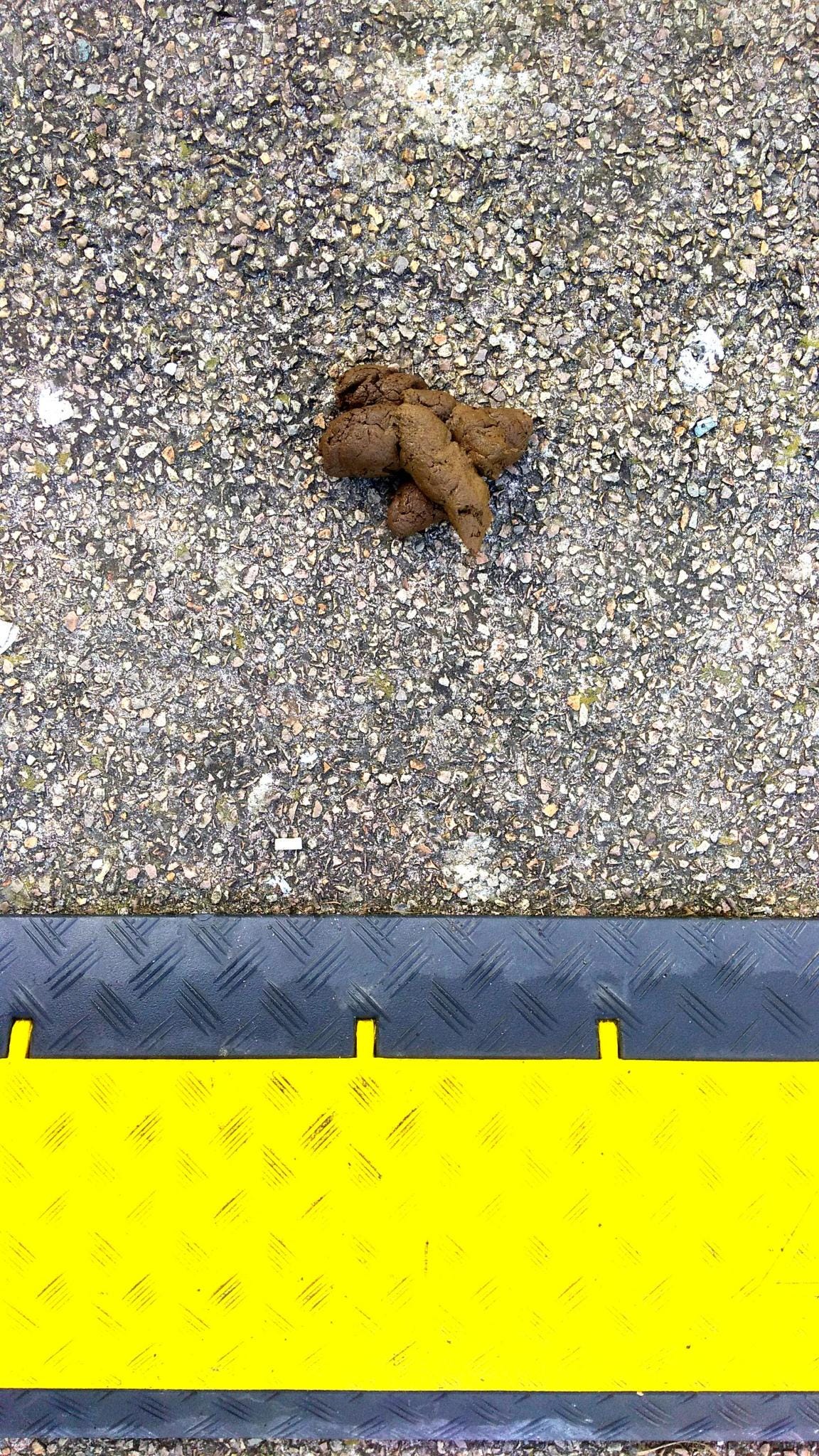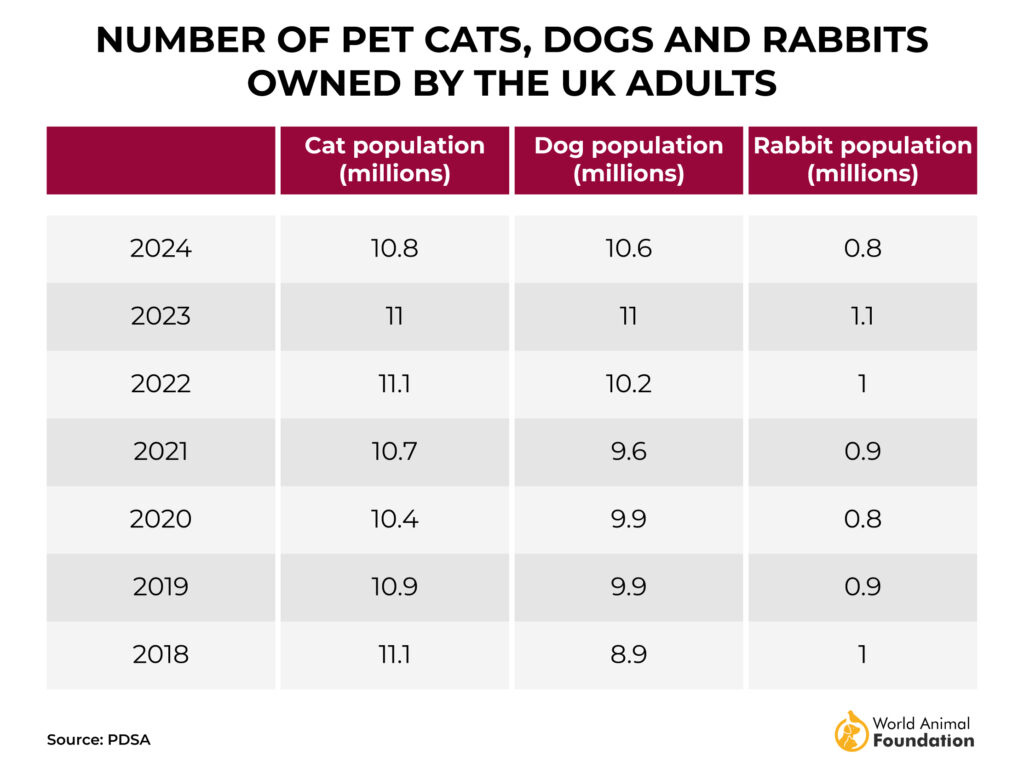Amongst the post-storms on certain social networks, there are any number at the moment, about the 26-storey pig farming skyscraper in China.
Full disclosure, 1. factory farming is not good, IMO. 2. I get confused by humanity.
I’m curious about what has caused the post-storm. My conclusion was that people found the scale of the factory offensive. Intensive pig farms and their farrowing cages have been with us for decades. Information about the horror of this practice has circulated since it was introduced.
A few years ago a pig farm, in Finistere Brittany, expanded to 12,000 pigs. The territory of Brittany counts for about 5% of France as a whole. Yet 1 out of every 2 pigs reared in France is reared in Brittany. There are intensive pig farms everywhere, when I chat to Bretons about the Chinese méga-farm the reactions tend to be pretty negative. Even when the person questioned is about to bite into a ham baguette. They see the sheer scale of the suffering is inhuman, which is a strange word. 12,000 pigs treated in this way is OK, but 650,000 is not.
To get back to the theme of this article, we divide the animal world into two contradictory compartments. Those animals we see as being magnificent, wonderful, companions, etc. The other compartment contains those animals we care nothing about until they arrive on our plates.
So how does this work? Is it anthropomorphism ‘the characterisation of animals, objects, and abstract concepts as possessing human traits, emotions, or intentions’? Do we see some animals as possessing more of our traits and emotions and others that don’t? It would seem so, a view contradicted not only by day-to-day observation but by scientific research. Pigs are as emotive and sensitive as a poodle. Luckily we have an amazing capacity to hold two contradictory ideas in our heads at the same time, otherwise we couldn’t feed bits of one type of animal to our favourite ones.
Perhaps it’s the ostrich effect? The tendency to “bury our heads in the sand” and avoid potentially negative but useful information. We ignore all the news about factory farming because we want the products but without the information.
Or could it be a proximity bias? We prefer things that are close in space and time. The pet dogs are everywhere and for pet ‘owners’ all the time. Pigs aren’t, people can go to a farm and have a look at them from time to time. For these people pigs are distant in time and space, the pet dog is sitting in their lap.
It’s most likely, as with all cognitive biases, to be a mixture of all three and probably some other ones too. Pets are almost inviolate, they have a very special place in our lives (I don’t actually have a pet, I’m using ‘our’ generically). Any discussion that criticises pets is one which will quickly provoke rage from the pet ‘owners’.
So here we go with a few facts about pets:
The UK has an estimated 10.6 million pet dogs, they generate well over 1000 tonnes of dog poo each day. The quantity of methane, a potent greenhouse gas, produced from this mess is huge. No, people don’t think about that, it’s into the dog poo bin and out of mind.
The agricultural land area used annually to produce dry cat and dog food is about 49 million hectares. This is about twice the size of the total UK landmass, that’s a lot of land. Globally, in 2020, the agricultural system managed to feed 5.6 persons per hectare. So the area given over to pet food could feed 274,400,000 people.
If we made a list of countries according to their CO2 production and included pets as a country, their country would come 60th.
Yeah, I know, I’m so sorry, yes Fluffy is lovely. I’m only mentioning all the above because we hear so little about it.
Another problem has to do with rising household incomes. As these go up people start to seek out premium pet foods, the CO2 emissions from these are 3.3 (for cat food) and 2.3 (for dog food) times higher than the standard pet foods. It’s called ‘humanisation’ (or premiumisation) of pet foods. It’s also the case that those rising household incomes also move people to demand more meat for themselves. So the demand for pet food increases and so does the demand for pork, for example. A double slap for the planet and those poor animals in factory farms.
Lab-based meat
Go humanity go! The solution to reduce the planetary burden of pets is to go lab yeah! A fraction of the land area, low GHG emissions and all the other wonderful arguments we get presented with each time a new product is being brought to market. The UK recently legalised the production and sale of lab-baed meats for dog food, ‘A Revolutionary Breakthrough in Pet Nutrition’ shout the headlines.
Lab-based meat is meat, if we stretch the definition quite a lot. The legislators did the ostrich I imagine and decided to ignore the fact that over 71.6% of dog food sold is DRY and only 28% is wet. Dry dog food is made with things like corn, wheat, rice, bits of left-over animal carcasses, and of course fish products.
There’s a lot of hype around ‘labriculture, especially about how it’s more environmentally friendly than feed lot of grass raised beef. But at the moment ‘labriculture requires pharmaceutical grade growth media, this uses a lot of resources and has high levels of negative environmental impacts. A major goal of ‘labriculture laboratories is to make lab-based meat using food-grade resources, this would massively reduce said impacts. We aren’t there yet and the current need for pharma grade inputs means that lab-nased meat is 4 to 25 times greater than the average for beef production. Reasearchers from Oxford Uni point out that lab-based production produces a lot of CO2, feedlot or grass fed beef produces a lot of methane. Swapping one for the other means exchanging a longterm accumulative GHG for a non-accumulative short-term one. Methane has an atmosphere residence time of around 12 years, carbon dioxide stays up there for millennia.
Moving away from Fido it’s worth pointing out that in the US alone, domestic cats kill around 4 billion birds a year. Yes 4,000,000,000 of those pretty wild birds we watch in the garden. We like them but we like our domestic cats more.
Pet ‘ownership’ levels are rising in many countries, in the UK in 2024 over 34% of the households owned at least one dog, and over 28% owned a cat. This was slightly lower than the 2023 levels but expected to increase.
Pets have their own health service and increasing numbers of pets means that veterinary services are increasing too. There are around 27,000 registered veterinary surgeons and 18,480 veterinary nurses in the UK, more than 70% work with small animals. Pet owners in the UK spent nearly 6 billion euros on vet care and services in 2022.
All of this in a country where millions of humans struggle to get the health care they need. In fact pets are better fed, looked after better and have a higher social status than many people.
I’m not saying that the pet owners of the world have no right to be appalled by factory farming and the pig factory in China, they do. But they must bear in mind the innate hypocrisy of such a viewpoint. If the suffering endured by a pig was seen as being as intolerable as the same suffering endured by a pet dog or cat. And if the 95% of pet owners who consider their animal to be ‘a part of the family could extend this sentiment to our suffering factory farmed animals then this type of farming would disappear overnight.
To finish I must admit to having been staggered by the facts and figures around pets! The I came across some about pet toys and I went from being staggered to being flabbergasted. The global pet toys market size was valued at USD 8.50 billion in 2023 and is projected to grow from USD 9.03 billion in 2024 to USD 15.29 billion by 2032. I didn’t know about these things but a growing sector is smart and app-enabled toys. Smart-home pet integration, GOS pet trackers, dog safety cameras, dog training apps, canine behavior analyzers. AI is being brought into the sector for ‘even more effective’ dog behaviour analysis.
The lifelong activity tracker & behavior monitor for dogs called Amino ‘learns and interprets the unique activity and behavior patterns of your dog. It’s with them 24 hours a day, giving you a greater understanding of their lives. Morning walks, sleeping under the table, barking at the postman; your dog’s days are action packed and now you get to know about it all.’
So that’s nice.








Great article. You didn't get round to pet insurance...The "ThisIsMoney" web site says UK pet owners spent a record £6.1bn insuring their pets for12 months in 2024, 15.8 per cent higher than the same period the year before. It can cost more to insure a dog than a car. Interestingly, getting a pet from a rescue centre now seems to require you taking out an insurance policy for it.
However, apparently, in order to fully kisk-start our immune systems, before the age of three we have to come into contact with cow, goat, sheep, cat and dog poo. So at least that's something we could do with the mountain of dog poo. Every family should have some.